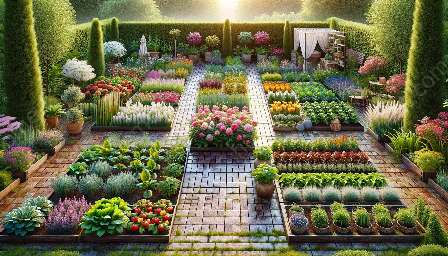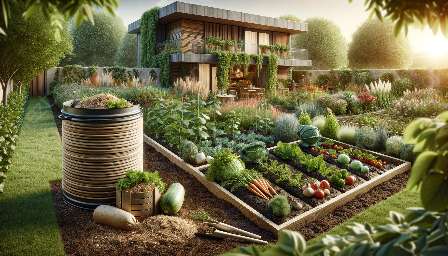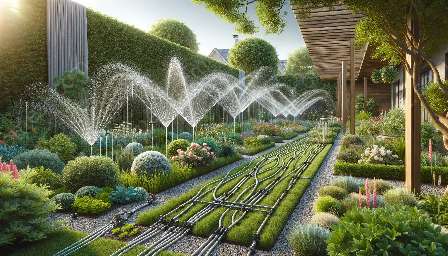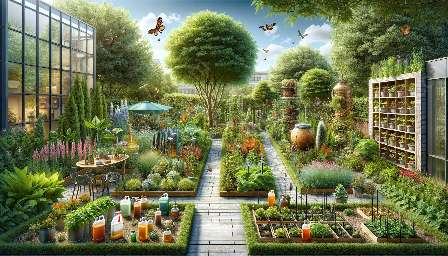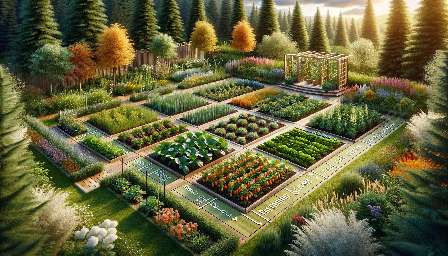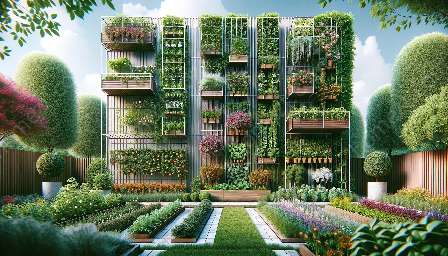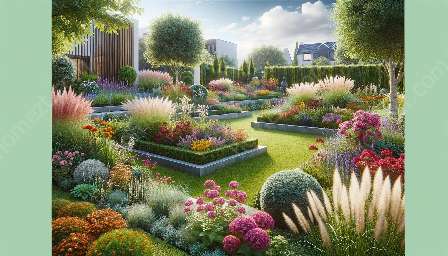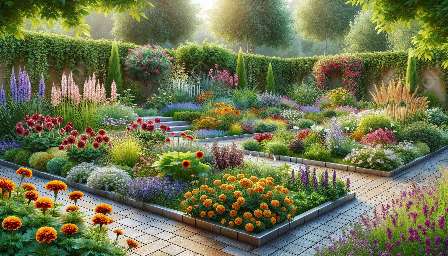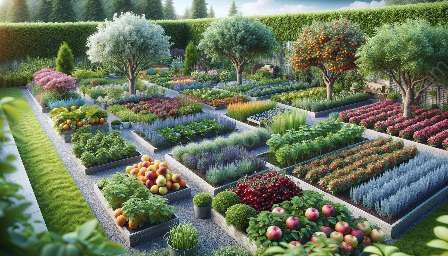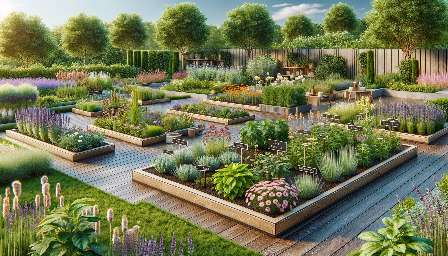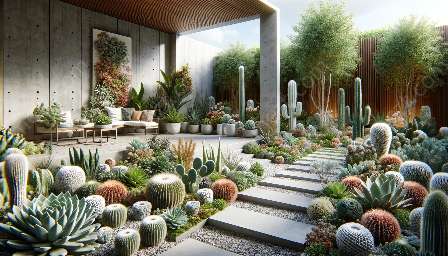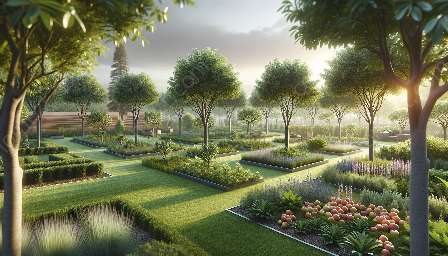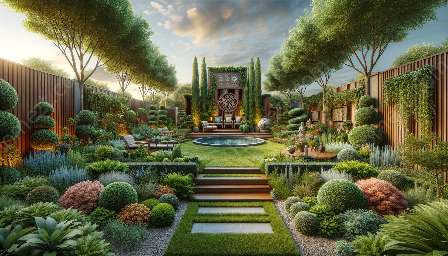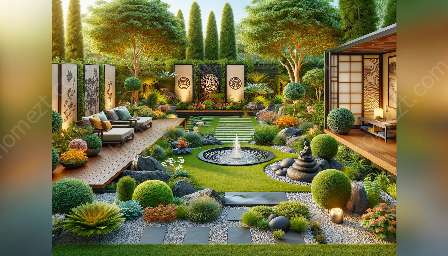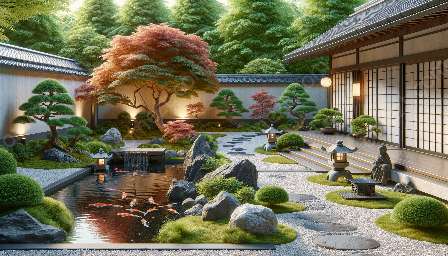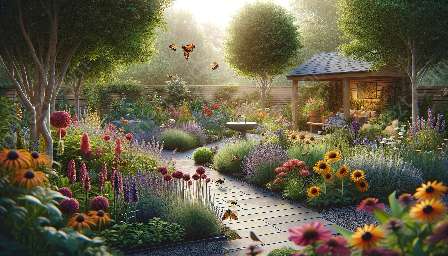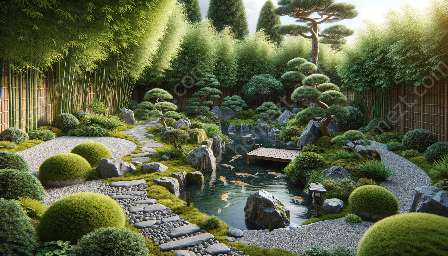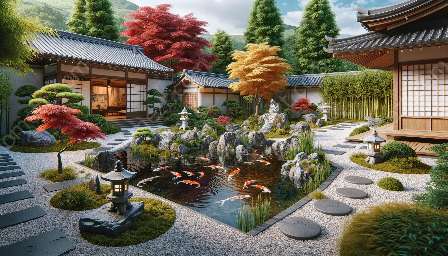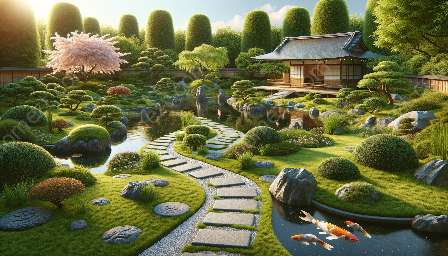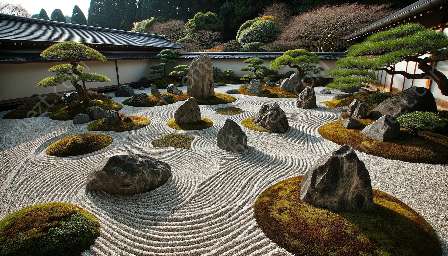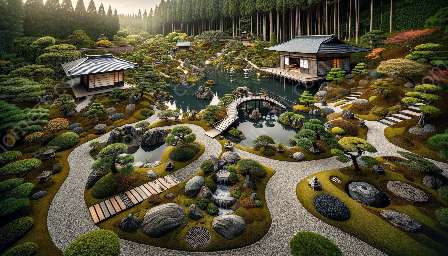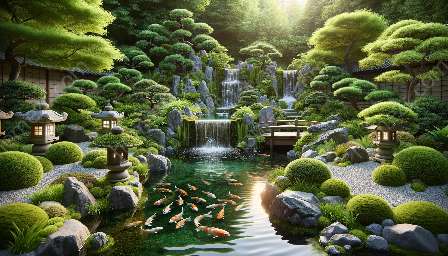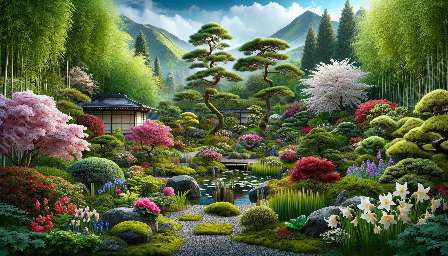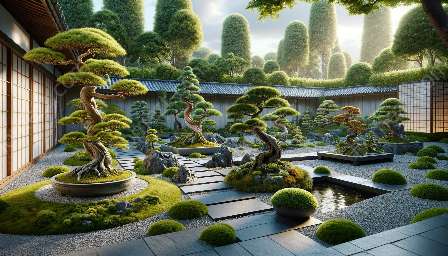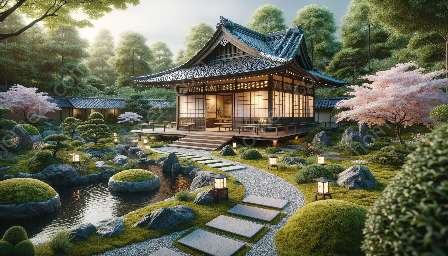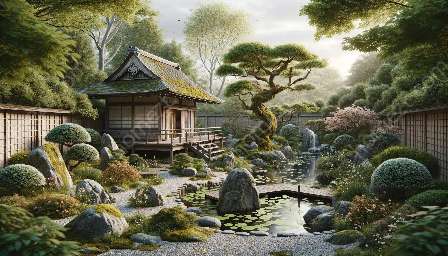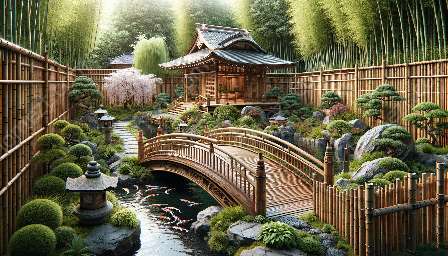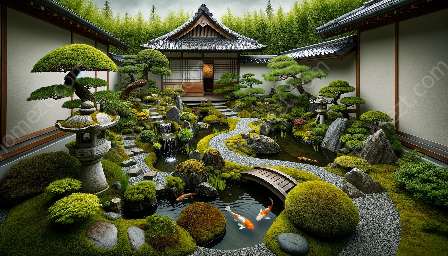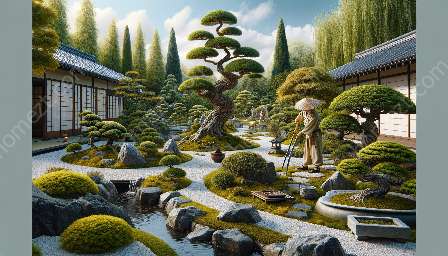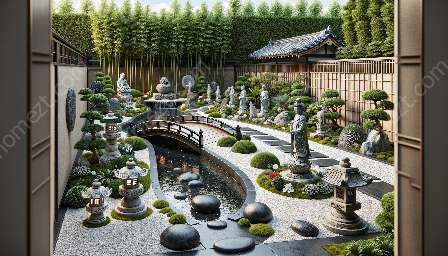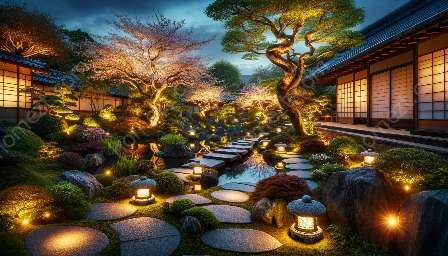Japanese garden design and principles are deeply rooted in tradition, spirituality, and nature. These timeless and tranquil spaces have captivated people around the world for centuries.
Understanding the core concepts and principles of Japanese garden design can help you create a serene and harmonious oasis in your own garden, drawing inspiration from the ancient art form of Japanese gardening. Whether you want to create a traditional Japanese garden or infuse your existing garden with elements of this style, there are key principles and design features that can guide you in capturing the essence of Japan's natural beauty.
The Principles of Japanese Garden Design
Japanese gardens are designed to capture the natural landscape in a harmonious and balanced way, creating a sense of tranquility and serenity. The principles of Japanese garden design are rooted in the ideals of simplicity, harmony, and a deep reverence for nature. These gardens often incorporate symbolic elements such as water, rocks, pathways, and plants, each carefully chosen to evoke a sense of natural beauty and spirituality.
Wabi-Sabi
One of the core principles of Japanese garden design is wabi-sabi, a concept that embraces imperfection, impermanence, and simplicity. Wabi-sabi celebrates the beauty of natural materials, weathered surfaces, and the passage of time. In a Japanese garden, this principle can be seen through the use of weathered stones, moss-covered pathways, and carefully pruned trees that evoke a sense of age and impermanence.
Ma: Embracing Space and Emptiness
The concept of ma, or empty space, is central to Japanese garden design. Embracing space and emptiness allows for a sense of openness, tranquility, and contemplation. The use of negative space, carefully considered in the placement of elements, creates a balanced and calming atmosphere.
Balance and Harmony
Japanese gardens are designed with a keen eye for balance and harmony. This can be achieved through the careful arrangement of rocks, water features, and plantings to create a sense of equilibrium and unity. Ponds and streams are often incorporated to reflect the surrounding landscape and create a sense of tranquility.
Elements of Japanese Garden Design
Japanese gardens incorporate a variety of elements that work together to create a tranquil and harmonious environment. By understanding these key elements, you can begin to transform your own garden with the timeless principles of Japanese design. Some of the essential elements include:
- Water Features: Ponds, streams, and waterfalls are essential in Japanese garden design, symbolizing the flow of life and the natural forces of the earth. The gentle sound of water can create a peaceful and contemplative atmosphere.
- Rocks and Stones: Stones are carefully placed to represent mountains, islands, or other natural formations, creating visual interest and symbolizing solidity and endurance. They are often arranged in groupings to mimic natural landscapes and evoke a sense of tranquility.
- Paths and Walkways: Pathways in Japanese gardens are designed to encourage a slow and contemplative pace, inviting visitors to savor the beauty of the surroundings. These pathways often meander through the garden, guiding visitors to carefully curated views and moments of reflection.
- Plants and Trees: The selection and placement of plants and trees in a Japanese garden are carefully considered to create a sense of natural beauty and balance. Evergreen trees, bamboo, and flowering plants are often used to evoke the changing seasons and the cycles of life.
Incorporating Japanese Garden Principles into Your Home
Whether you have a spacious backyard or a small urban space, you can infuse your home and garden with the timeless tranquility of Japanese design. Here are some tips for incorporating Japanese garden design principles into your own outdoor space:
- Embrace Simplicity: Focus on creating clean lines, uncluttered spaces, and a sense of simplicity in your garden design. Minimalism is a key principle in Japanese gardens, so carefully consider the placement of each element to create a sense of balance and harmony.
- Create a Focal Point: Introduce a feature such as a water fountain, a carefully placed stone, or a traditional lantern to create a focal point that draws the eye and encourages contemplation. A well-executed focal point can anchor your garden and create a sense of balance.
- Choose Natural Materials: Incorporate natural materials such as stone, wood, and gravel to add texture and authenticity to your garden. These materials age beautifully and resonate with the wabi-sabi aesthetic, embracing the beauty of imperfection and impermanence.
- Consider Seasonal Changes: Introduce plants and flowers that change with the seasons to celebrate the cycle of life and nature's ever-changing beauty. Consider the use of evergreen shrubs, cherry blossoms, and maple trees to capture the essence of Japanese seasonal beauty.
- Create a Tranquil Retreat: Design a serene corner or contemplative space within your garden where you can sit, meditate, or simply appreciate the beauty of nature. Incorporate seating, rocks, and plants to create a peaceful sanctuary within your garden.
Conclusion
Japanese garden design and principles offer a timeless and deeply spiritual approach to creating serene and harmonious outdoor spaces. By embracing wabi-sabi, ma, and the principles of balance and harmony, you can infuse your garden with the tranquility and beauty of traditional Japanese aesthetics. Whether you are looking to create a traditional Japanese garden or incorporate elements of this style into your existing space, understanding these key principles and elements can guide you in capturing the essence of Japanese natural beauty in your garden and home.


